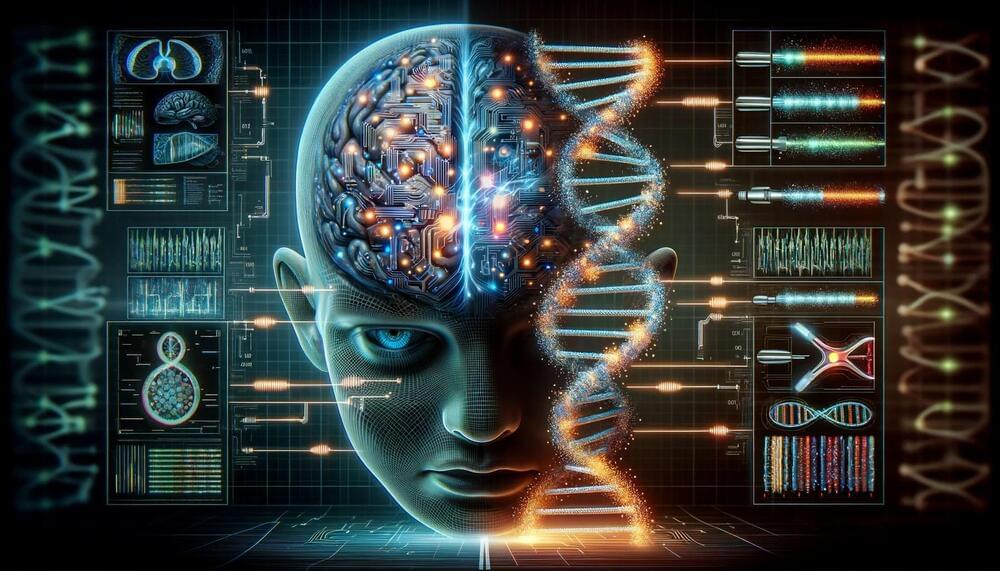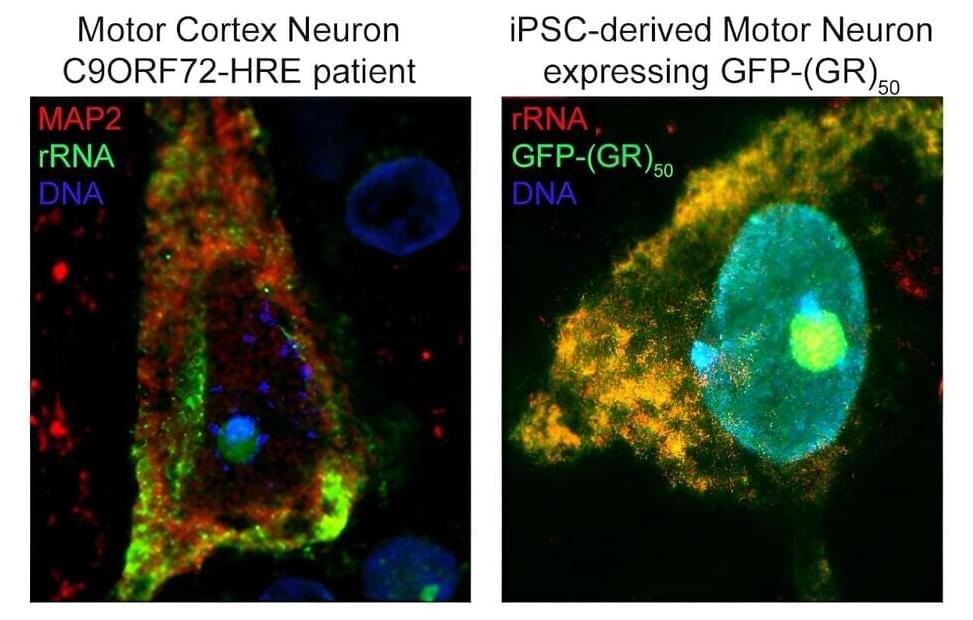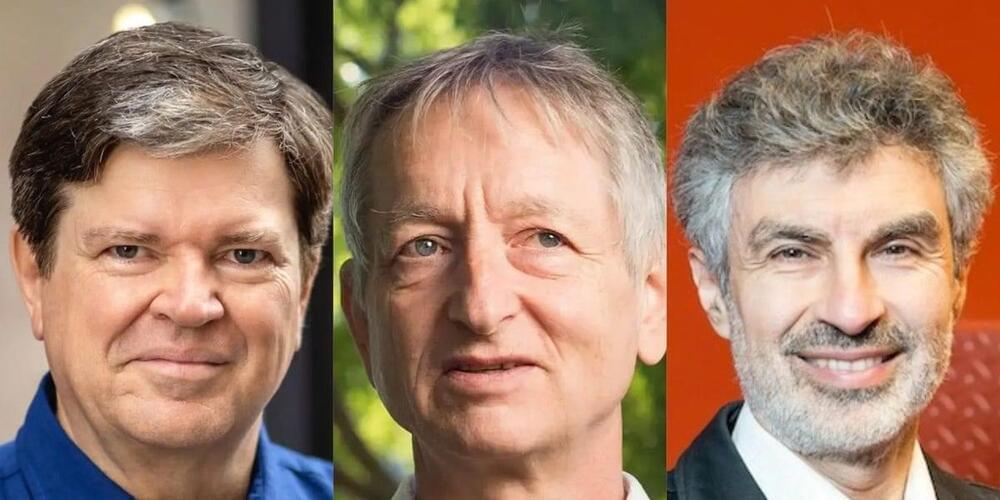A recent study found that LLMs are incredibly good steganographers, able to obscure their own thought processes through “encoded reasoning.”



At Oak Ridge National Laboratory (ORNL), quantum biology, artificial intelligence, and bioengineering have collided to redefine the landscape of CRISPR Cas9 genome editing tools. This multidisciplinary approach, detailed in the journal Nucleic Acids Research, promises to elevate the precision and efficiency of genetic modifications in organisms, particularly microbes, paving the way for enhanced production of renewable fuels and chemicals.
CRISPR is adept at modifying genetic code to enhance an organism’s performance or correct mutations. CRISPR Cas9 requires a guide RNA (gRNA) to direct the enzyme to its target site to perform these modifications. However, existing computational models for predicting effective guide RNAs in CRISPR tools have shown limited efficiency when applied to microbes. ORNL’s Synthetic Biology group, led by Carrie Eckert, observed these disparities and set out to bridge the gap.
“A lot of the CRISPR tools have been developed for mammalian cells, fruit flies, or other model species. Few have been geared towards microbes where the chromosomal structures and sizes are very different,” explained Eckert.

A controversial new electric propulsion system, which physicists say defies Newton’s Laws of Motion, was launched into space this weekend aboard a Space X rocket.
Developed by electronics prototyping company IVO Ltd, the Quantum Drive took flight Saturday morning, November 11th, aboard SpaceX’s Transporter 9 mission. This flight included over 80 separate payloads destined for Low Earth Orbit (LEO).
“Launch and deployment were successful!” IVO’s owner and founder, Richard Mansell, told The Debrief in a Sunday email. “We’re getting the satellite’s ‘heartbeat.’ Next step is to establish communication with the satellite.”

Boston, MA—We’ve known for more than a century that women outlive men. But new research led by Harvard T.H. Chan School of Public Health and UC San Francisco shows that, at least in the United States, the gap has been widening for more than a decade. The trend is being driven by the COVID-19 pandemic and the opioid overdose epidemic, among other factors.
In a research paper, to be published online on November 13 in JAMA Internal Medicine, the authors found the difference between how long American men and women live increased to 5.8 years in 2021, the largest it’s been since 1996. This is an increase from 4.8 years in 2010, when the gap was at its smallest in recent history.
The pandemic, which took a disproportionate toll on men, was the biggest contributor to the widening gap from 2019–2021, followed by unintentional injuries and poisonings (mostly drug overdoses), accidents, and suicide.

A pair of studies from the laboratory of Evangelos Kiskinis, Ph.D., associate professor in the Ken and Ruth Davee Department of Neurology’s Division of Neuromuscular Disease and of Neuroscience, have uncovered novel cellular mechanisms that are involved in two types of genetic amyotrophic lateral sclerosis, or ALS.
The findings, published in Science Advances and Cell Reports, improve the understanding of ALS, a progressive neurodegenerative disease that attacks motor neurons in the brain and spinal cord, and provides support for the future development of targeted therapies.
An estimated 32,000 individuals are currently living with ALS in the U.S., according to the Les Turner ALS Foundation. There are two types of ALS: sporadic (non-genetic), which makes up more than 90% of all ALS cases, and familial (genetic).

Published 6 seconds ago.
We’re getting one step closer to wearable Star Trek technology in the form of a new device called the “Ai Pin.” (via Humane). The AI Pin was created by a startup company called Humane, which is primarily led by ex-Apple employees who want to transform how we interact with our devices.



